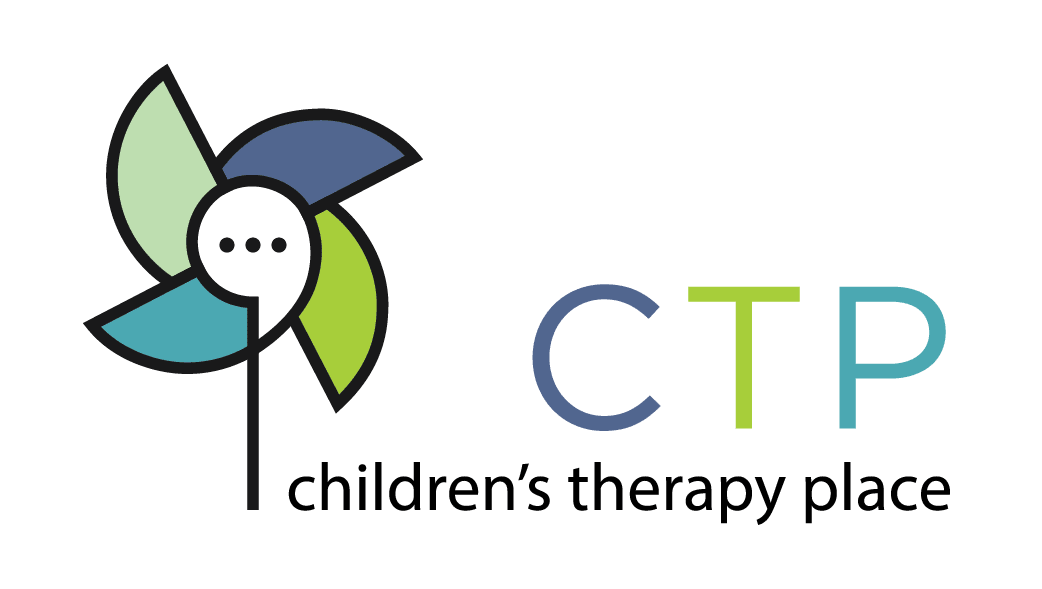What’s to be Done About a Lisp?

Lisp behavior among school-age children is one of the more common speech sound disorders, with as many as 23% of the patients SLPs treat suffering from lisping disorders across varied levels of severity. A lisp can significantly reduce overall speech intelligibility and make it very difficult for speakers to be understood by children and adults alike.
Lisps are also one of the most-often portrayed speech disorders in popular media — fictional characters or real-life folks who make productions with a protruded tongue, like “thad” for sad and “thick” for sick.
True lisping is the inability to accurately articulate /s/ and /z/ sounds due to inaccurate tongue placement. Speech-language pathologists also work with clients who lisp on sounds like “sh” and “ch.” Following are the four types of lisps:
- Frontal Lisp – In a frontal lisp individuals that push the tongue too far forward, so the individual says “go to the thoo (zoo)” or “eat some thoop (soup).”
- Lateral Lisp – With a lateral lisp air slips over the sides of the tongue, so that /s/ and /z/ sounds come out wet and slushy. Individuals with a lateral lisp often sound as if they have too much saliva in their mouth.
- Palatal Lisp – In a palatal lisp the speaker touches the tongue to the roof of the mouth when saying /s/, /z/, and sometimes /r/.
- Dental Lisp – This can be easily confused with a frontal lisp. With a dental lisp, instead of sticking his/her tongue between the front teeth, the speaker pushes the tongue against the teeth.
In the world of speech pathology, a lisp pattern is considered developmental, or “normal,” until around the age of 5 years. In other words, it’s not a particular concern if your preschooler is producing “s” sounds with a protruded tongue, resulting in a distinct “th” sound substitution. In most cases, children grow out of the lisping behavior.
It’s important to note that lateral and palatal lisps are not developmental, and children will not grow out of them. Because of this, it’s important to stress to parents that they shouldn’t just “wait and see.” Lateral lisps can be particularly difficult to correct, and the earlier you start the more likely you are to see success.
When any lisp persists after age 4 or 5 years, it is important to address the speech sound error through intervention and appropriate remediation. Following are the basics of therapy for that pesky lisp in young children — or even in the later school-age years.
A qualified speech-language pathologist will first look at the likely cause of the lisp behavior, which can be due to habit or structure. A SLP will consider overall tone, mouth and tongue posture at rest, mouth breathing, dentition, size of tonsils, jaw stability, low oral tone, tongue and/or jaw issues, mouth breathing (e.g. large tonsils, adenoids; frequent upper respiratory problems) and thumb sucking. It is not always possible to know the exact cause of a lisp, but intervention is what counts! A good Intervention plan will focus on:
- Addressing jaw and tongue placement issues
- Using bite blocks to give instant jaw stability and address low muscle tone around face and jaw
- Strengthening the masseter (jaw) muscle through biting down or biting down on bite blocks while providing slight resistance
- Using the side of a tongue depressor to provide tactile stimulation down the center of the tongue
- Using a mirror to show clients what should occur when making sounds
- Teaching clients that airstream must come through the middle of the mouth and not from the side/s
If you have concerns about a noticeable lisp in a young child or a more persistent lisp in a school-age child, speak with a professional as soon as possible. Research in the field of speech pathology clearly indicates that the earlier the intervention, the better! Once a lisp pattern becomes habitual, it is more difficult to correct. The encouraging news is that the majority of lisps can be corrected with the appropriate therapy. Don’t wait. Talk with your school or private therapist today to help your child remediate that pesky lisp!
JANE LOMAS
M.S., CCC-SLP
Children’s Therapy Place, Inc.
Boise, Idaho

